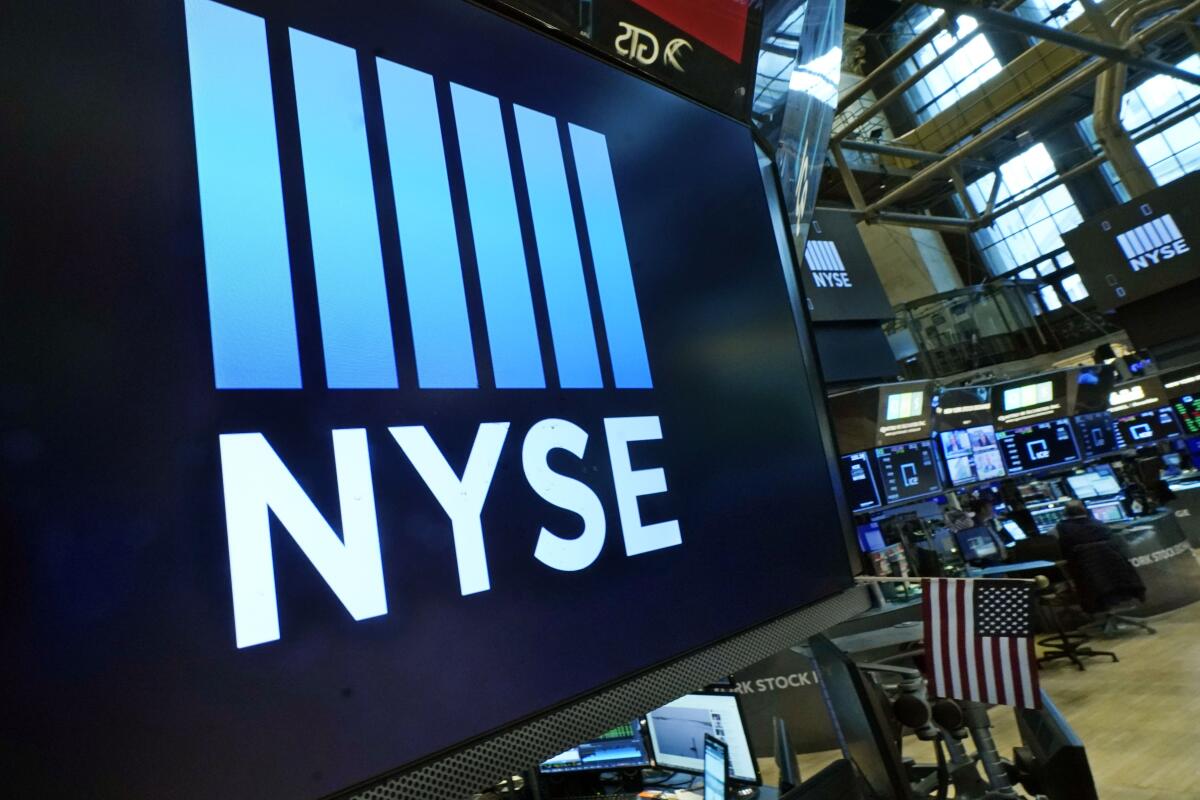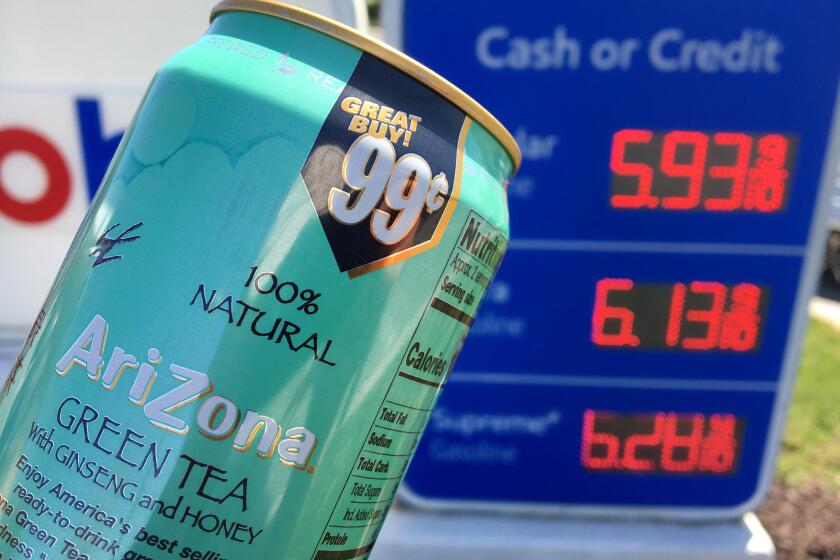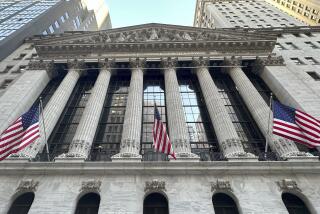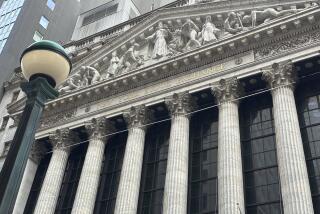Stocks give up gains and end slightly lower after inflation report

Stocks ended slightly lower on Wall Street on Tuesday after investors weighed new data showing some signs that inflation slowed slightly in March, though overall it remained at its highest level in 40 years.
The Standard & Poor’s 500 index fell 0.3% after having been up 1.3% earlier in the day. The pullback extends the benchmark index’s losing streak to a third day, reflecting investors’ worries about the potential economic collateral damage as the Federal Reserve tackles high inflation more aggressively.
The Dow Jones industrial average and the Nasdaq composite each fell 0.3% after shedding early gains.
The indexes initially rallied after the release of the report, which showed inflation last month was again at its highest level in generations, driven by soaring gasoline prices in particular. Still, the reading was relatively close to economists’ expectations.
Another faint silver lining was that inflation wasn’t as bad as economists expected, when ignoring the costs of food and fuel. Known as “core inflation,” this is the reading that the Federal Reserve pays more attention to when setting policy because it’s less volatile. And core inflation on a month-over-month basis moderated to its slowest level since September.
“Hopefully this is as bad as it gets,” said Brian Jacobsen, senior investment strategist at Allspring Global Investments.
Tall cans of AriZona iced tea have cost 99 cents since 1992. The family behind the company says it’s committed to that price even as the prices of aluminum and corn syrup climb higher.
“The risk is that a red-hot labor market grows cold under the force of those higher food, fuel and financing costs. This is a time when economic resilience will be tested,” he said.
The S&P 500 fell 15.08 points to 4,397.45. The Dow shed 87.72 points to 34,220.36, and the Nasdaq lost 40.38 points to close at 13,371.57.
Smaller company stocks held up better than the broader market. The Russell 2000 rose 6.61 points, or 0.3%, to 1,986.94.
Stocks in recent days have been trading in the opposite direction of Treasury yields, which have climbed to their highest levels since well before the pandemic. Yields jumped as investors brace for the Federal Reserve to raise short-term rates at a faster pace than typical and to aggressively pare its trove of bonds, whose buildup helped keep longer-term rates low.
But Treasury yields pulled back Tuesday after the inflation report. The 10-year yield slid to 2.72% from 2.77% late Monday. It was as high as 2.83% overnight, before the inflation report’s release. The 10-year yield nevertheless remains well above the 1.51% level where it began the year.
Elon Musk and Tesla have millions of vocal fans on Twitter. Not all of them are real. Two researchers are trying to figure out who controls the bots.
Stocks elsewhere around the world closed lower or mixed, as unease continues to hang over markets about the war in Ukraine, Chinese efforts to contain COVID outbreaks, and where inflation and interest rates are heading.
The price of U.S. crude oil climbed 6.7% to $100.60, keeping the pressure on high inflation. Brent crude, the international standard, rose 6.3% to $104.64.
Higher interest rates from the Federal Reserve would slow the economy, which policymakers hope would knock down high inflation.
Consumer prices were 8.5% higher in March than a year earlier, accelerating from February’s 7.9% inflation rate and the highest since 1981. To bring it down, the Fed revealed in the minutes from its latest meeting that it’s prepared to raise short-term rates by half a percentage point, double the usual amount, at some upcoming meetings, something it hasn’t done since 2000.
The worry is the Federal Reserve may be so aggressive about raising interest rates that it forces the economy into a recession.
Higher interest rates also put downward pressure on all kinds of investments, with those seen as the most expensive hardest hit. That’s because when investors are earning more in interest to own relatively safe bonds, they’re less willing to pay higher prices for riskier stocks.
The malls’ French owner, Unibail-Rodamco-Westfield, plans to focus on Europe after unloading its U.S. collection of properties.
Technology and other high-growth stocks that have been some of the stock market’s biggest recent winners have been in the spotlight.
On Tuesday, technology stocks were among the biggest drags on the S&P 500, along with healthcare and financial companies. Microsoft fell 1.1%, Pfizer lost 1.5% and Wells Fargo slid 1.8%.
Energy companies and retailers were among the sectors that notched gains. Marathon Oil rose 4.2% and Ross Stores rose 2.5%.
More swings may be in store for stocks as companies prepare to report their earnings for the first three months of the year. Delta Air Lines, JPMorgan Chase and other big-name companies will kick off the reporting season Wednesday.
A key focus for investors during the latest round of earnings will be any sign of consumers pulling back on spending and how companies reacted, said Jack Janasiewicz, portfolio manager and lead portfolio strategist at Natixis Investment Managers Solutions.
“It all boils down to their margins and how are companies dealing with rising costs,” Janasiewicz said.
Earnings were able to stay at record levels through the end of last year as companies raised prices for their products and services enough to protect their profit margins. But the further acceleration of inflation may be straining that formula.
Used car dealership chain CarMax slumped 9.5% after reporting disappointing earnings. The company said high prices for cars were discouraging buyers.
Although they can swing sharply for many reasons in the short term, stock prices tend to track the path of corporate profits over the long term.
More to Read
Inside the business of entertainment
The Wide Shot brings you news, analysis and insights on everything from streaming wars to production — and what it all means for the future.
You may occasionally receive promotional content from the Los Angeles Times.













